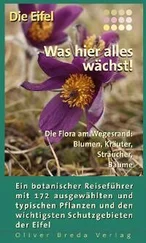Japanese Camellia
Camellia japonica
Bloom time
From January to March.
Characteristics
The Japanese Camellia can reach up to 3 m (10‘) tall and ranges between shrubs and trees. The leaves are egg-shaped, dark green, leathery and glossy. The flowers that remind of roses develop from numerous buds; they only barely scent. There are pink, red and white kinds of blossoms.
Site:
The Japanese Camellia grows at all sites that are the natural habitat of the warmth prefer-ring part of the laurel forest. In correspond-ing regions you will find it in parks and gar-dens. A Camellia avenue is guiding towards the Palheiro Gardens ( 191). Especially beautiful Camellias are also to be found in the park of Queimadas, in Ribeiro Frio ( 197) and in the Quinta do Santo da Serra ( 196).
Interesting to know:
Camellias are native to East Asia and were named in the 18th century by the popular natural scien-tist Linné. He derived their name from the Moravi-an abbot Camellius who dedicated himself to nat-ural historic studies on the Philippines. Only in the early 19th century the first Camellias came from China and Japan to Italy. Cultivation was contin-ued in Milan and Florence. The wild form does have simple pink flowers. Today there are cultivars with double flowers and in various colours.
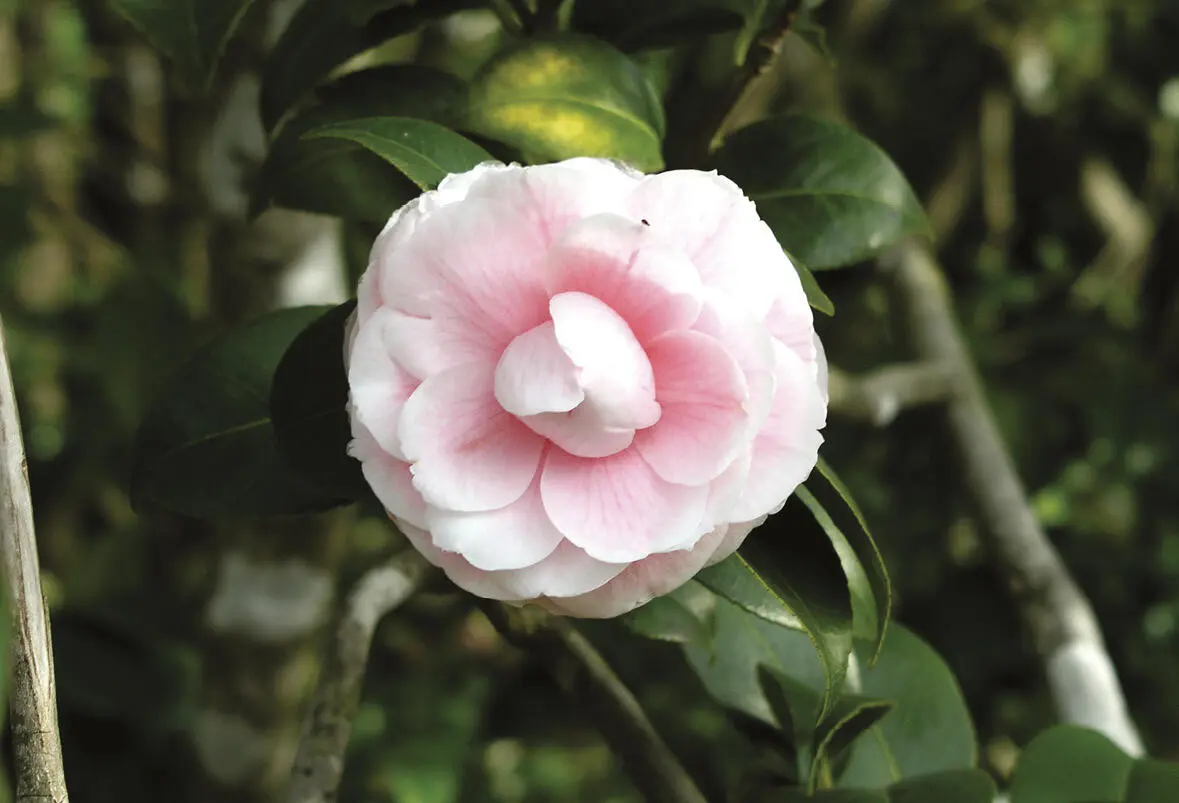
34


In the Gardens
Common Oleander, Rose Bay
Nerium oleander
Bloom time
From May to August.
Characteristics
The shrub grows up to 3 m (10‘) tall. The twigs grow upright; the leaves are long, narrow and leathery. Its numerous blooms are mostly white or pink and resemble little wheels for its five pet-als that are curved clockwise. You may also find strong red flowering, decorative cultivars that use to be stuffed.
Site:
The Common Oleander grows mainly in the south up to an altitude of about 400 m (440 yd.). It prefers a dry and sunny climate and is culti-vated at roadsides or on traffic islands. More-over you find it decorating parks and gardens.
Interesting to know:
In its natural habitat, the Mediterranean re-gions, the Common Oleander grows frequently at courses of rivers that dry out seasonally. Al-ready in the ancient world Common Oleander was recognized as an ornamental plant. Depic-tions of the shrub are to be found on Cretan murals dating from the 14th century BC and in Pompeii. Cross-breedings with the fragrant Sweet-scented Oleander (Nerium odorum) from India produced intensively smelling spe-cies. The Common Oleander plant contains substances that could cause cardiac arrest. In South France the pulverized bark is used as rat poison. Even wood and leaves are poisonous.
35
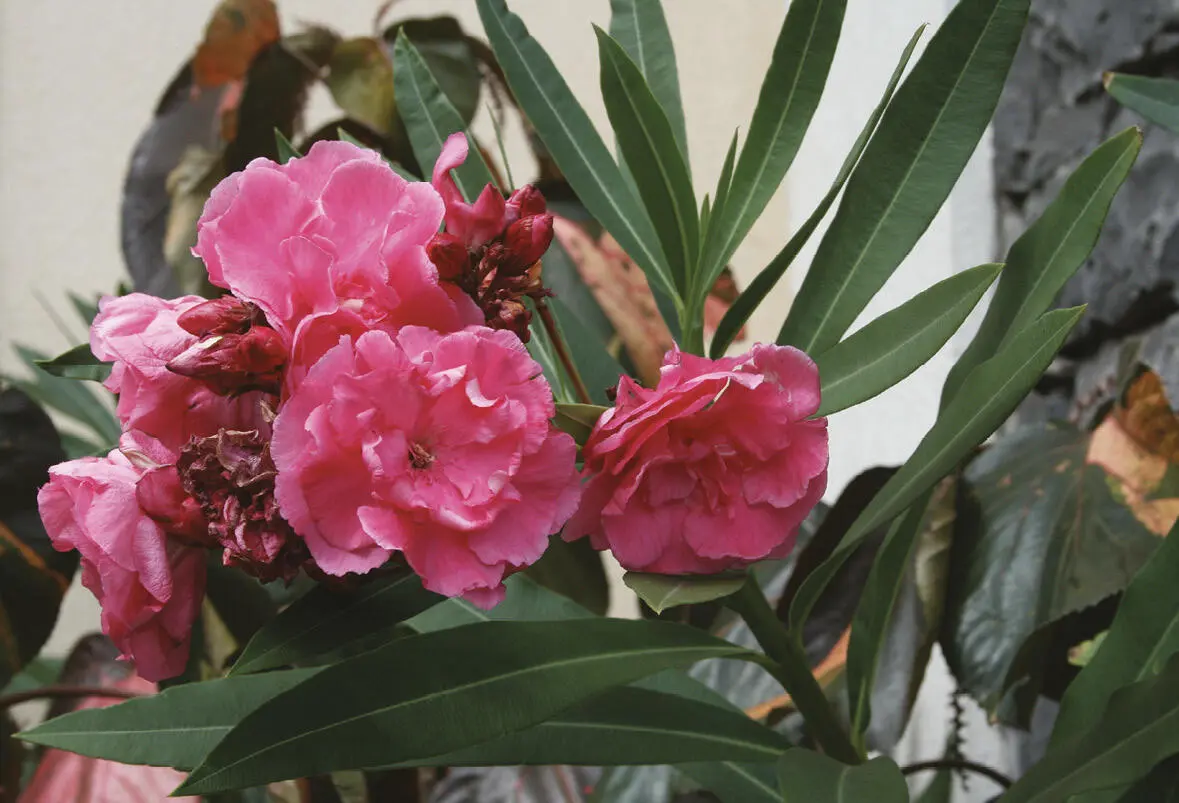


In the Gardens
Chinese Hibiscus, Rose of China
Hibiscus rosa sinensis
Bloom time
All year round.
Characteristics
The shrub is 1-3 m (3,3-10‘) tall and develops a dense net of branches. The leaves are heart-shaped and serrated. The blossoms consist of five petals that form a funnel with up to 10 cm (4‘‘) width. Colours range from red and pink trough white to orange and yellow. The pistil pro-trudes far out of the bloom.
Site:
On Madeira you will find this shrub in parks and gardens up to an altitude of 400 m (440 yd.). For its dense growth it is often used for cultivating hedges. The hardy Rose of Sha-ron (Hibiscus syriacus) is a rare relative with smaller, pink flowers and very upright twigs.
Interesting to know:
The Chinese Hibiscus is one of the most popu-lar ornamental shrubs. In its native habitat in South East Asia it has already been cultivated for a long time. Female Asians used to colour their hair and eyebrows with the sap. The wild species has shining red blossoms, cultivars may have flowers in varying colours, stuffed or enlarged blossoms and speckled leaves. The blossoms are extremely short living but the abundant development of buds makes up for the fact that each flower will only last one day.
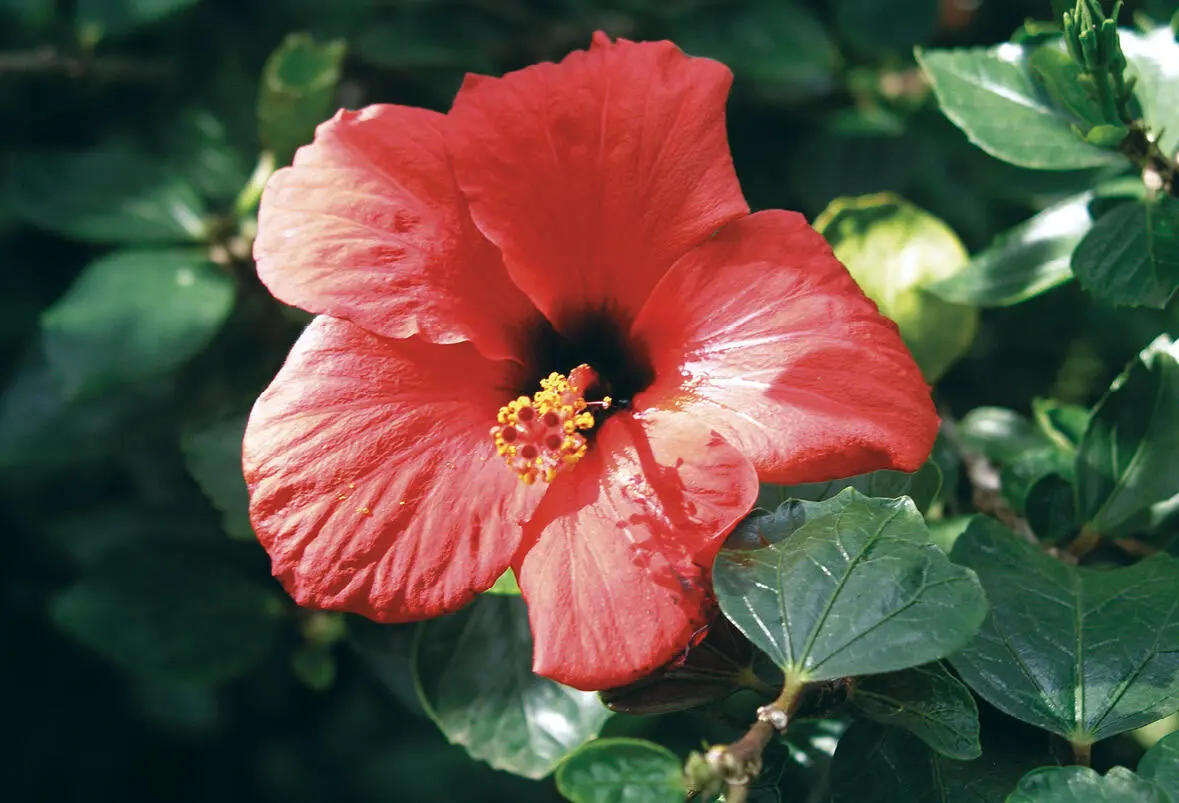
36


In the Gardens
Brazilian Spider Flower
Tibouchina urvilleana
Bloom time
All year round.
Characteristics
The shrub grows up to 3 m (10‘) tall and has oval, tapered, velvety leaves. Each leave is conspicuously sub-divided by several longitu-dinal veins from which are branching smaller, vertical leaf nerves. The flowers con-sist of five bluish-purple pet-als. The stamens are thread-shaped and curved like horns.
Site:
Mainly situated in the north of the island, the Brazilian Spider Flower can be found in gardens and parks at an altitude of 200-700 m (220-765 yd.). It prefers a more shady and humid hab-itat. You may for example find various speci-mens in the Quinta do Santo da Serra ( 196).
Interesting to know:
The Brazilian Spider Flower is native to Brazil and the adjoining countries. Today it is a popu-lar ornamental plant in all tropical and subtrop-ical regions for its showy blossoms. The genus’ name derives from a denomination in a native Guiana language. It was introduced in litera-ture by the French natural scientist Aublet who visited Guiana in 1762. The genus Tibouchina consists of about 250 species, all of them con-taining plentiful aluminium. The Indian medi-cine appreciates the plant for its styptic effects.
37
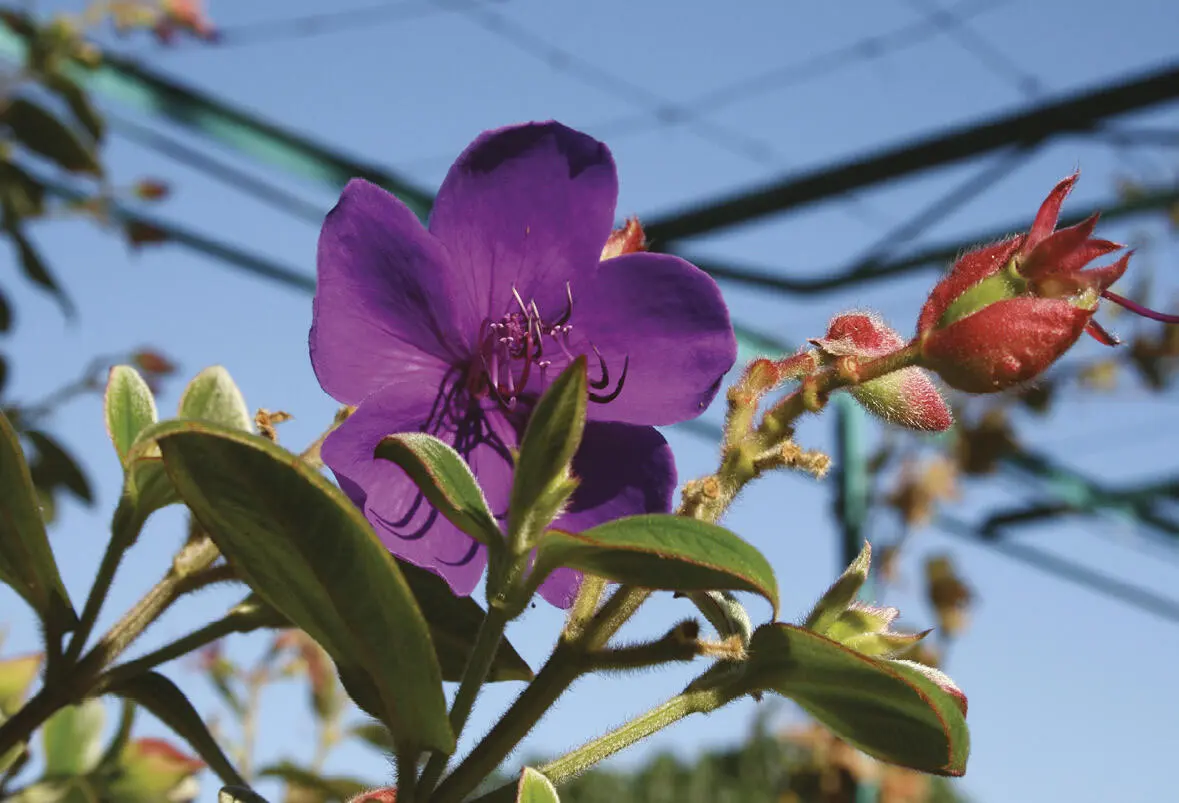


In the Gardens
Popcorn Bush,
Peanut Butter Cassia
Senna didymobotrya
Bloom time
All year round, mainly in spring and summer.
Characteristics
The decorative shrub grows 1,5-3 m (5-13’) tall and has upright twigs at which extremes you find sever-al racemes of golden yellow blossoms at erect stalks. The brown buds open from bot-tom to top; a part of the bud remains closed for a long time. The large, evergreen leaves are monopinnate.
Читать дальше
















